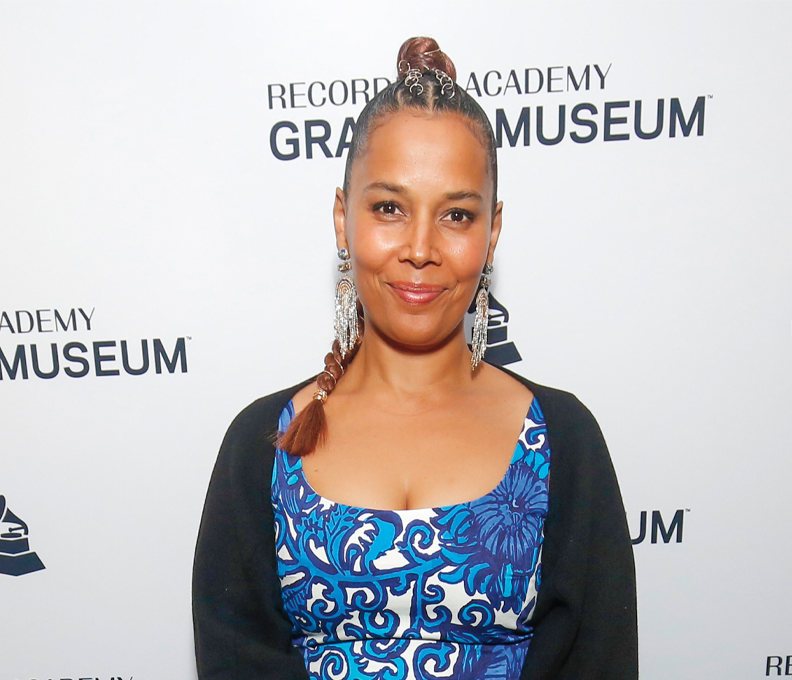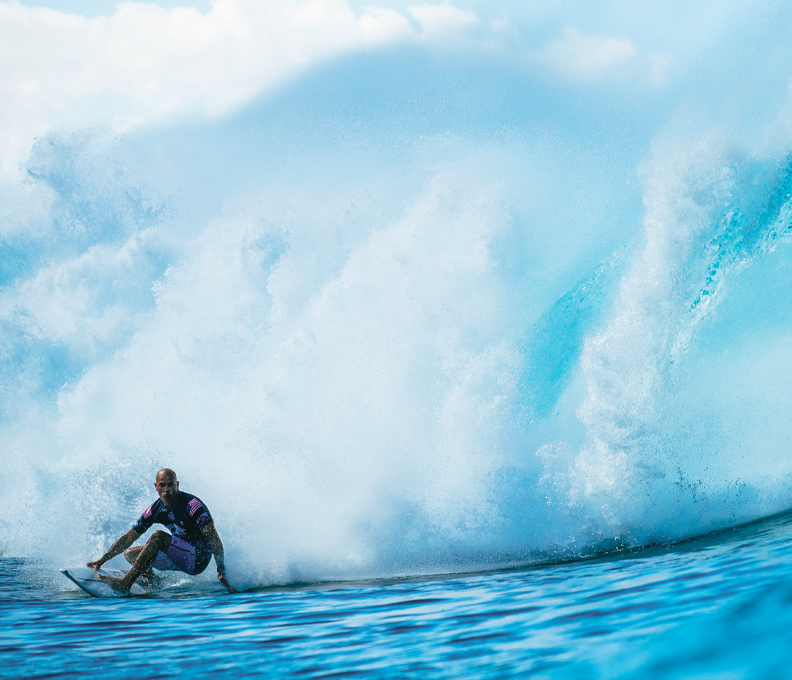Legendary Designer David Rockwell Looks to the Future
Whether he’s creating a hotel, restaurant or performance set, the master designer always starts with a narrative
June 15, 2023
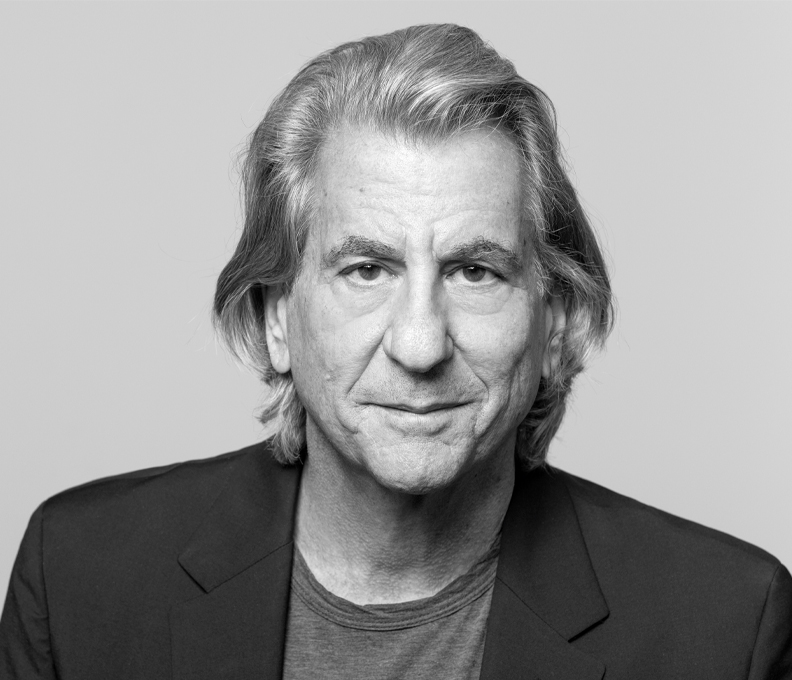
David Rockwell / Photo: Courtesy of Brigitte Lacombe
It’s impossible to throw out a design or art reference that architect David Rockwell can’t catch. During an average conversation with the founder of Rockwell Group—arguably the world’s leading hospitality-design firm, opened in 1984—expect a speed round of pop-culture name-drops. Even if he hasn’t worked on it or created it, he is curious about it. In the matter of a few breaths we orbit the worlds of luxury hotels and cool restaurants like Nobu, Tao Group and Groot Hospitality, then draw nuances from influential artists such as light-and-space icons Dan Flavin and James Turrell and kinetic sculpture queen Es Devlin, before ending up in the heart of it all in New York City on Broadway. If you’ve eaten there, seen this show, stayed in that hotel over the last four decades, chances are Rockwell had a hand in it.
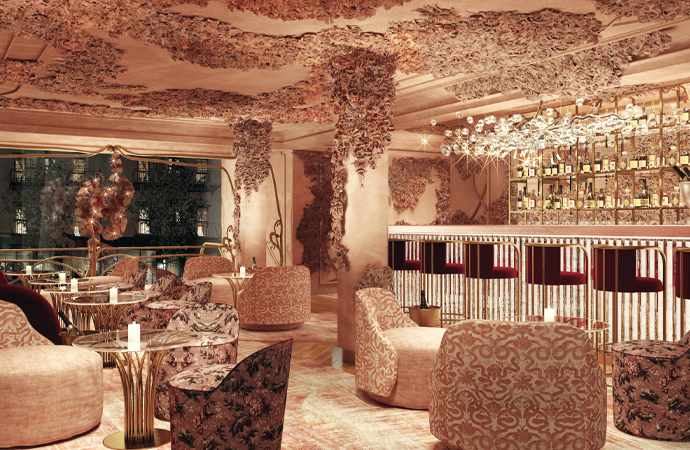
Champagne bar at Jacqueline, Barcelona, Spain / Photo: Courtesy of Matthew Murphy
Upcoming projects include the Tao Hotel Orlando set to open in 2025 and W Naples planned for 2024. Rockwell Group recently completed The Boca Raton, Nobu Hotel Atlanta, Rosevale Kitchen + Cocktail Room at Civilian hotel in New York City, Chasing Rabbits in Vail, Jacqueline restaurant in Barcelona, and Seda Club in Granada. Over the years he has taken on hospitality, cultural and educational institutions, transportation hubs, luxury residences, set design, products, urban interventions, exhibitions and festivals. This stacked deck means that his 300-person cross-disciplinary architecture and design firm based in New York with satellite offices in Los Angeles and Madrid is always buzzing.
“We say no quite a bit because we want to make sure it’s a good fit,” he says. “And we have clear criteria: Is it a client we already have a great relationship with whom we can speak shorthand to? Will we be able to create something that’s unique and great? Is it a new program we’ve never done? And is there some insight we’re going to get from doing it?”
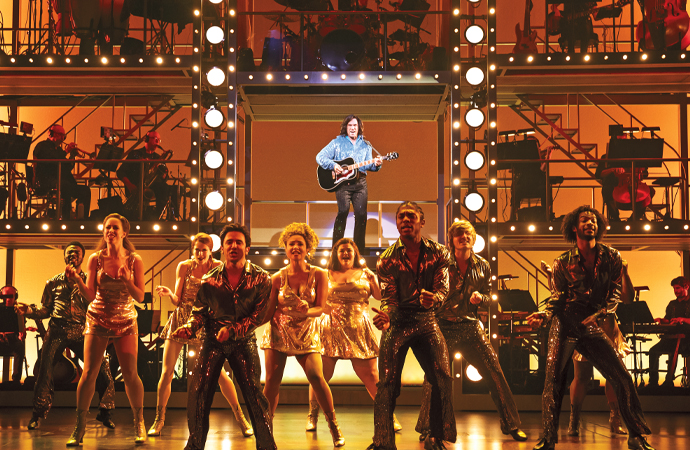
Set for Broadway’s A Beautiful Noise / Photo: Courtesy of The Rockwell Group
Rockwell’s immense curiosity germinates from his true passion and first love, the theater. Having designed the sets for hundreds of shows including the Academy Awards, he currently has the production A Beautiful Noise on Broadway. Rockwell’s mother was a performer and he became enraptured with the stage at an early age.
“It was just such an authentic part of what interested me early on,” he says. “We moved to Mexico and I got much more interested in architecture, but still kept one foot in the theater world. In college, I interned for a Broadway lighting designer. And in 1997, I was asked to speak at a TED conference. It was suggested I speak about something I love, so I talked about theater and the relationship between theater and architecture and that just started to snowball. Now it’s a critical part of our work here.”
Rockwell merges architecture, theater, craftsmanship and technology to create unique narratives for each project. He has won two Emmy Awards, a Tony Award for Best Scenic Design for She Loves Me, the Presidential Design Award, and an induction into the James Beard Foundation Who’s Who of Food & Beverage in America, among many other accolades. He says that designing for restaurants and hotels and the theater have many similarities—but use different tools.
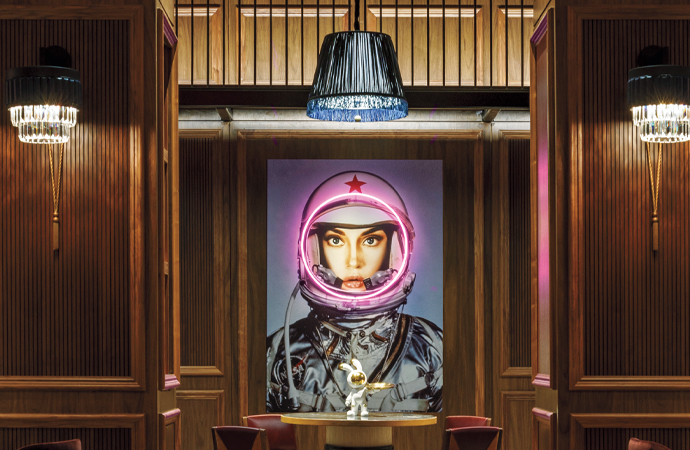
Chasing Rabbits / Photo: Courtesy of Michael Stavaridis
“We start with research. For a restaurant, we start with the chef, location and ideas and craft a narrative. In the theater, we read the script, listen to the music, and speak to the director. In theater as in architecture, we are creating the setting for an event—you use the story to drive the visual language of the show.”
Rockwell’s Drama, developed in collaboration with designer Bruce Mau, is the first book to spotlight the relationship between architecture and performance and features contributions from leading talents in architecture, lighting design and the culinary arts. This fall, Rockwell Group’s designs for the lobby and restaurants in the Perelman Performing Arts Center, the last piece of 9/11 ground zero, will be revealed.
Down in Florida, he says The Boca Raton, originally designed by Palm Beach architectural legend Addison Mizner, is the “gift that keeps on giving. He was known for residential properties and, little by little, we’re doing different pieces of the hotel. We’re redoing the public spaces and the rooms. We did all the food and beverage venues with Major Food Group. The challenge was keeping the iconic parts of the building.”

The Palm Court / Photo: Courtesy of Scott Frances
Forever innovating, Rockwell has his eye on creating with nimble infrastructure, a concept that came out of the pandemic. He is also interested in the metaverse.
“I had a meeting with our technology lab to look at current work and new work. So much of what’s been developed for the metaverse is exactly what works in the real world, just put into this technology platform. What’s going to start happening is the metaverse won’t replicate what we see in the built world,” he says.
One thing that won’t go digital is Rockwell’s love of the very analog process of testing every idea in his model shop. All Rockwell Group projects, from an interior to a stage set, manifest first as models to develop and test ideas. These stunning works of art are on display within the Rosevale at New York City’s Civilian hotel.
“Some bring an unbuilt future to life in miniature, while others give license to experiment with materials and form,” Rockwell says. “They all pop the design process into three dimensions. It’s exciting when a model leads us to a design.”
